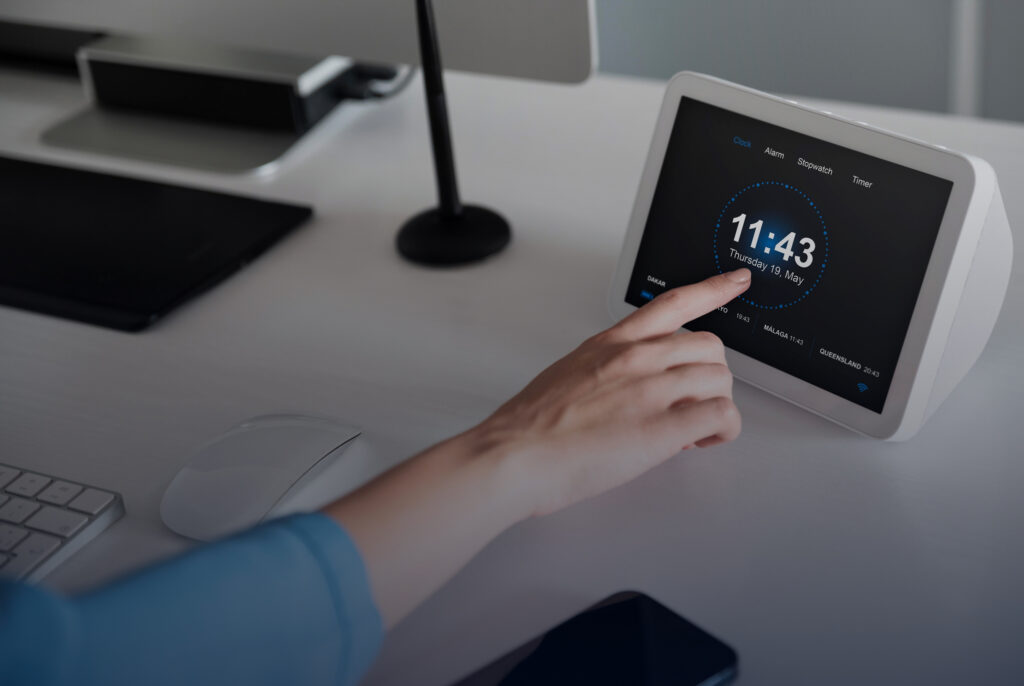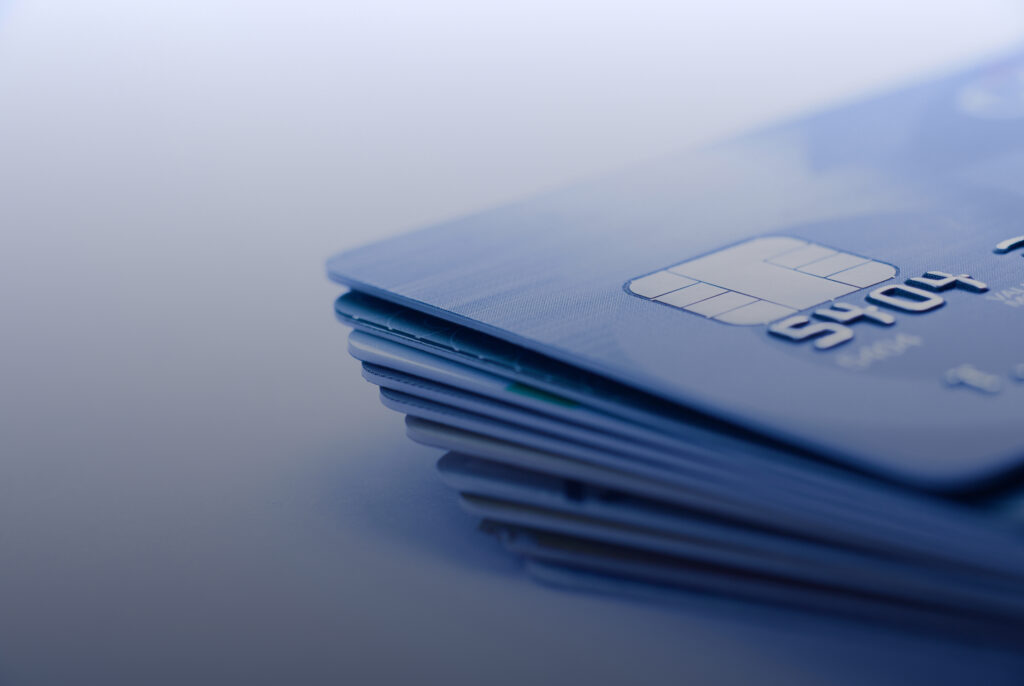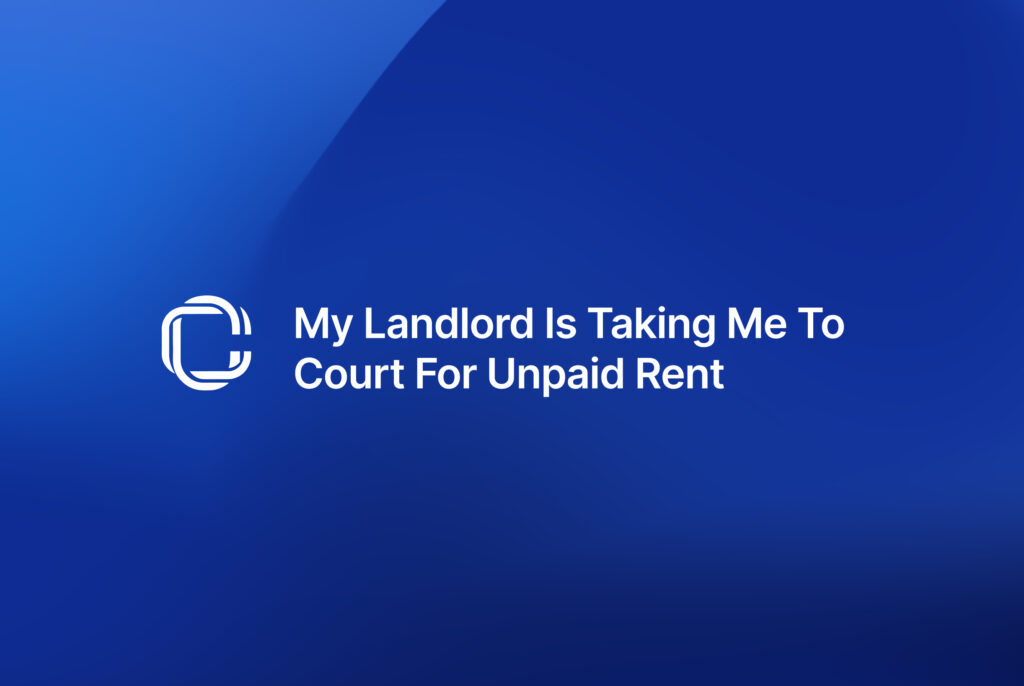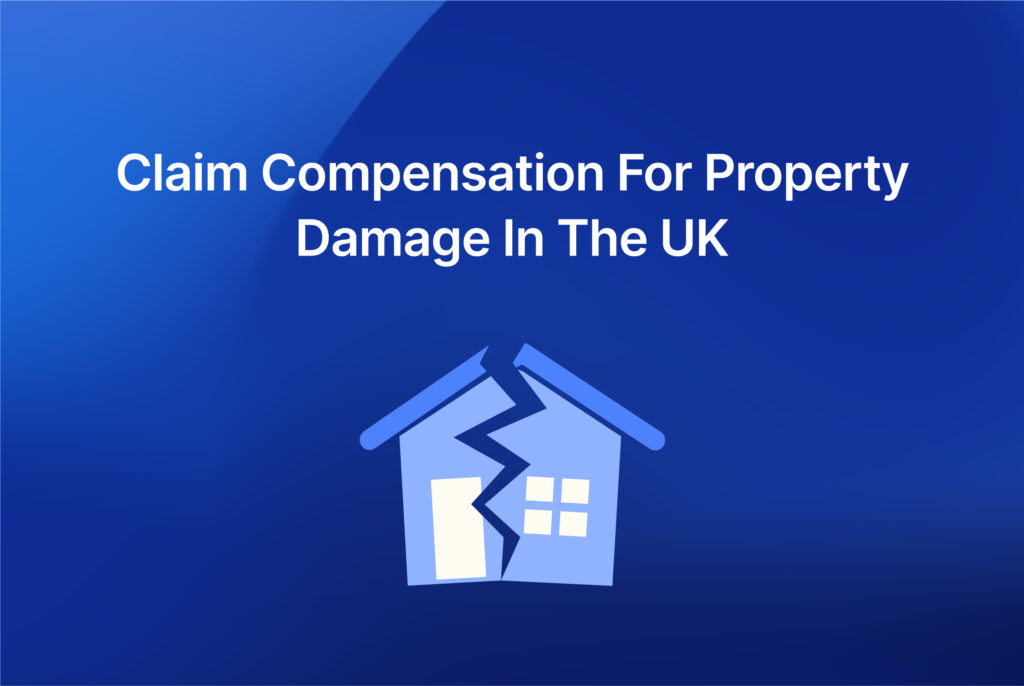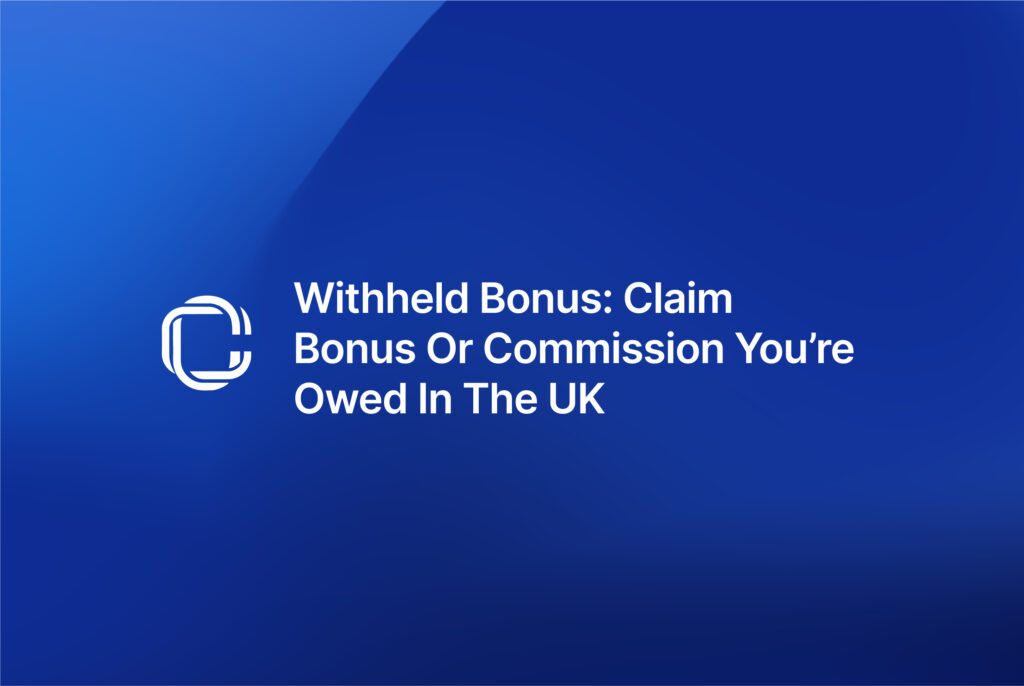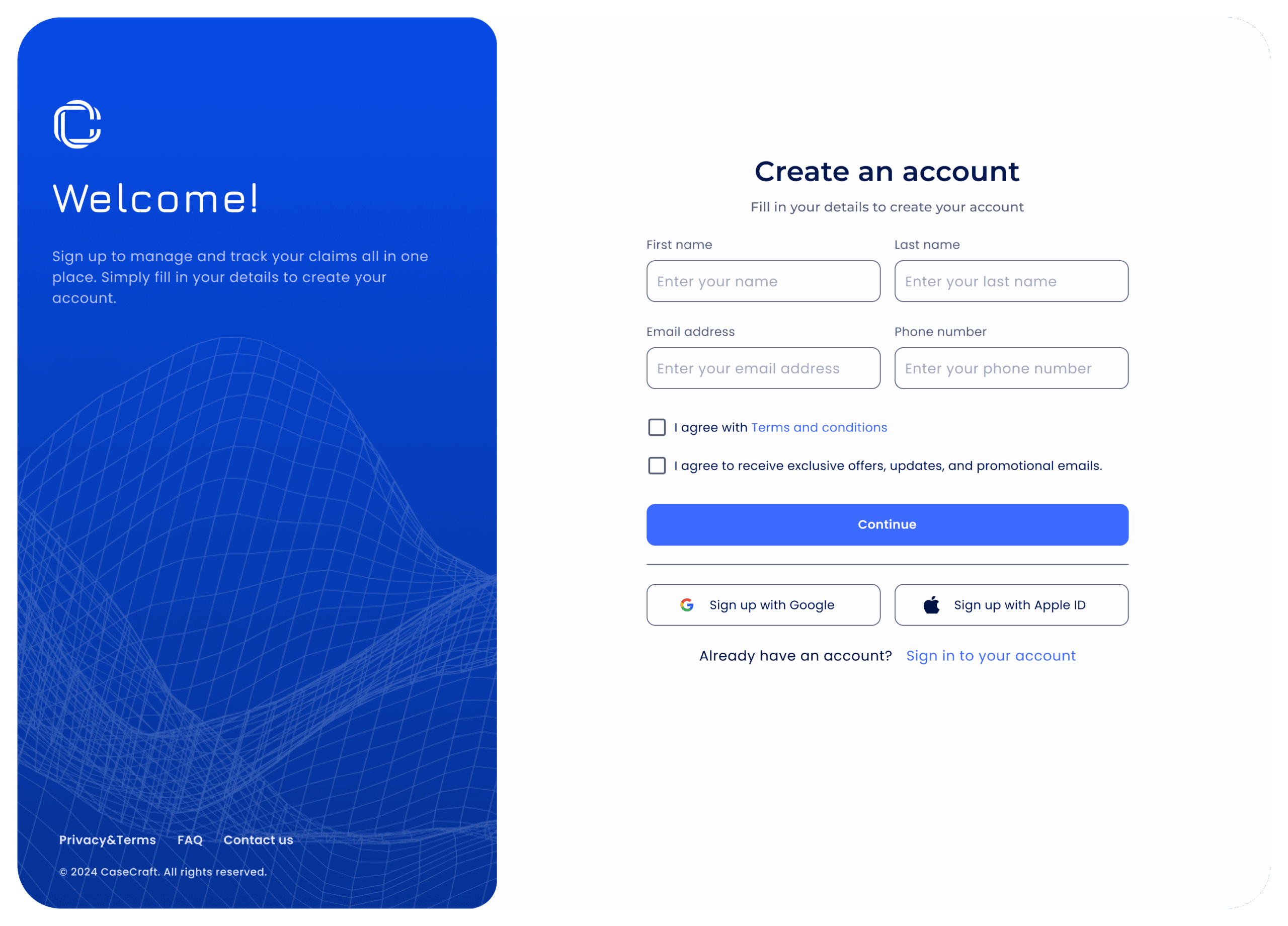2025 guide on how to claim a tax refund in the UK. Learn HMRC rules, eligibility and refund timelines.
Claiming back overpaid tax in the UK should be straightforward, yet many people miss out on money that is rightfully theirs because they do not understand the process. Whether you are employed on Pay‑As‑You‑Earn (PAYE), self‑employed or preparing to leave the country, this guide explains how the tax refund system works and how to make a claim.
At CaseCraft.AI, we specialise in small claims up to £10,000. If a tax refund becomes a dispute, for example, when HMRC refuses to repay money you believe you are owed, your claim might become a small claims matter. We designed our platform to simplify that process; it offers AI‑driven guidance and automated document drafting, helping people without legal training organise evidence, assess their chances of success and keep track of court deadlines. We charge only a small upfront fee and a 10% success fee if you win, making small‑value disputes affordable to pursue.
How to Claim a Tax Refund
What Is a Tax Refund?
A tax refund is a repayment of the Income Tax you have already paid. HM Revenue & Customs (HMRC) reviews your tax at the end of each tax year (6 April to 5 April) and usually issues repayments automatically. However, mistakes happen – wrong codes, changing jobs, receiving a pension before retirement or benefits such as Jobseeker’s Allowance can all result in over‑payment. If you think you have paid too much, you can claim the money back rather than waiting for HMRC to correct it.
How Long Does It Take to Get a Tax Refund in the UK?
HMRC changed their refund process on 31 May 2024. For P800 letters issued after this date, you must actively claim your refund online or by phone – HMRC will not automatically send a cheque if you don’t respond. This applies to current year minus 1 (CY-1) refunds only.
Always check the current processing times on the official HMRC website. The timing of a rebate depends on how and when you claim.
- PAYE Claims: HMRC sends P800 calculations between June and November after the tax year ends. Processing times depend on when your P800 was issued and how you claim:
Online Claims: Funds arrive within five working days when claimed through your personal tax account or the HMRC app.
Phone or Postal Claims: Cheques take up to 6 weeks to arrive.
- Self‑Assessment Refunds: Processing times vary. HMRC aims to clear simple repayments within two to six weeks, but complex cases may take longer.
- Back‑Dated Claims: If you are claiming for several years, HMRC generally issues one cheque covering the total amount.
Important Change: For P800 calculations issued after 31 May 2024, you must actively claim your refund – HMRC will not send automatic payments if you don’t respond to the letter.
When You Need to Make a Claim Yourself
You must make a claim if HMRC has not adjusted your tax automatically or if you need to correct information, such as an incorrect code. Reasons for claiming a refund include:
- You had more than one job in a single month, or left a job mid‑year.
- You were taxed on emergency or temporary codes.
- You spent your own money on allowable business expenses or uniform cleaning and have not yet claimed relief.
- You contributed to a personal pension or made Gift Aid donations.
- You have income from savings, investments or redundancy payments.
In these cases, you can claim online via Government Gateway or use a paper form. If HMRC rejects your claim or refuses to pay, the dispute may fall within small claims court limits in England and Wales, and you might need legal action. CaseCraft.AI uses AI to automate document preparation, case tracking and deadline reminders so you can file or defend your claim without a solicitor.
How is Your Tax Obligation Calculated?
To understand why you might overpay tax, it helps to know how HMRC calculates your liability. Everyone has a personal allowance (£12,570 in 2025/26), which is the amount of income you can earn before you pay Income Tax. Above that threshold, you are taxed at basic, higher or additional rates depending on your total income. Tax is deducted through PAYE using your code, which tells your employer how much to withhold. The Unbiased guide explains that codes vary; codes like L mean you receive the standard personal allowance, BR means all income is taxed at the basic rate, and codes beginning with D indicate higher or additional rates. In Scotland or Wales, different codes (for example, SBR or C0T) apply to reflect devolved tax bands.
If your employer uses the wrong code or if you have multiple sources of income (for example, pension payments, life annuity income, investment interest or foreign earnings), HMRC may deduct too much. Checking your payslips, P45/P60, and annual statements helps you ensure the correct code is used. When you complete a self‑assessment payment return, you calculate your total income, allowable expenses and tax due. Overpayment appears as a credit on your account.
What Can You Get a Tax Refund For?
You can claim a refund on a wide range of payments if you have paid tax unnecessarily. Official sources list the following examples:
- Pay from a job, including wages from previous employment.
- Pension payments and annuity income.
- Redundancy payments or taxable termination payments.
- Savings interest or compensation, such as Payment Protection Insurance refunds.
- Foreign income or UK earnings when you live abroad.
- Self‑assessment repayments where you have overpaid via payments on account.
- Job expenses and tools, for example, uniforms, protective clothing, professional subscriptions, travel or home‑office costs.
Tax Rebate Eligibility: Do You Qualify?
You are normally eligible for a rebate if you have paid more tax than necessary or have not claimed certain reliefs. Specific situations include:
- Wrong Tax Code: Over‑taxation often happens when an employer uses an emergency or outdated code. Checking your code and updating HMRC quickly reduces the chance of overpayment.
- Multiple Jobs or Changes in Employment: Being paid by two employers in the same month can push you into a higher rate temporarily. HMRC usually adjusts this at year’s end, but you can claim sooner if it causes hardship.
- Starting or Receiving a Pension: Early pension payments are often taxed incorrectly.
- Benefits: If you receive Employment and Support Allowance or Jobseeker’s Allowance, you may be taxed as if you were working full‑time.
- Work‑Related Expenses: If you pay for professional memberships, travel, equipment or uniform cleaning yourself and do not claim relief, you may be due a refund.
- Overseas Earnings: UK residents who work abroad for part of the year or foreigners working in the UK can overpay if HMRC does not take residence status into account.
You can claim rebates going back four tax years and ask HMRC to adjust your tax code prospectively. If you have paid work expenses out of pocket, you may claim tax relief on those costs.
How to Claim Your Tax Rebate
Gather your information before you apply, collect key details as National Insurance number, payslips or P60/P45 forms, benefit statements, receipts for expenses and bank account details. Ensure that the name on your bank account matches HMRC records to avoid delays.
The simplest way to claim is through HMRC’s online service. If you receive a P800 letter, you can log into your personal account or the HMRC app and request repayment. You will need a Government Gateway user ID; if you do not have one, the system will guide you through registration. Once logged in, follow the “Check how to claim a tax refund” tool. It will ask about the source of your overpayment and direct you to the correct form. According to official guidance, the Government Gateway checks your eligibility and allows you to track the status of your claim.
If you prefer not to use the online system, you can contact HMRC by phone or write to them. For PAYE refunds, send a form P50 (claim for repayment of tax on earnings when you have stopped working) or R40 (claim for repayment of Income Tax deducted from savings and investments). For work‑related expenses, complete form P87. Keep copies of everything you send, as HMRC may request further evidence.
Self‑employed people and those with complex income must complete a Self Assessment tax return. Enter your income and allowable expenses carefully; if the calculation shows you have overpaid, you can request a repayment once HMRC has processed your return. If your return shows tax due within 45 days, HMRC may offset the refund against your liability.
HMRC accepts most claims without dispute, but occasionally you might find your claim unfairly denied. If your overpayment is significant but within small claims limits, legal action may be appropriate. Organise your evidence with CaseCraft.AI, draft accurate court documents and schedule deadlines. The platform’s single dashboard allows you to upload documents and monitor progress.
How Much Will I Get Back?
The size of your refund depends on your total income, tax paid and any reliefs you claim. Factors include:
- Earnings and Tax Paid: The tax on your income since the start of the tax year and your code determine how much you may recover.
- Work‑From‑Home and Expense Claims: Claiming relief for home‑office equipment, travel, or professional tools reduces the amount you owe.
- Pension Contributions and Charity Donations: Personal pension contributions attract tax relief at your highest rate, reducing taxable income.
To estimate your rebate, HMRC provides a tax checker tool that takes only a few minutes.
How Long Does an HMRC Tax Refund Take?
Once your refund is approved, payment times are straightforward:
- Funds usually arrive in your bank account within five working days.
- If you request repayment online, HMRC processes the transfer within five working days.
- For self‑assessment repayments, you will see a “pending” status in your online account until the refund is approved and paid.
Using HMRC’s online tools and ensuring your bank details are up to date helps speed up the process. If a payment takes longer than expected, use the HMRC progress tracker to check the status.
How to Claim Back Tax When Leaving the UK
If you leave the UK part‑way through a tax year and stop paying UK taxes, you may be entitled to a refund of Income Tax for that year. According to guidance, you can apply if you have lived and worked in the UK, are leaving with no intention of returning, or will work overseas for at least one full tax year. You must complete form P85 online or by post; HMRC uses this to calculate any refund due and may pay via bank transfer or cheque. If you have to file a self‑assessment return for the year you leave, you do not need a P85; instead, claim the refund through your payment return.
Secure Your Tax Refund the Smarter Way
Claiming a tax refund in the UK doesn’t have to be daunting. Start by understanding how HMRC calculates your payment obligation and what income and expenses qualify for a refund. Gather your paperwork, check your tax code and use the online tools HMRC provides. If you’re owed money, claiming your rebate online is usually the fastest route; funds can arrive in your account within days.
If you face resistance or an error that HMRC won’t fix, remember that the small claims court can provide a legal remedy. Built specifically for small claims, CaseCraft.AI offers a smart, affordable way to pursue what you are owed without needing a lawyer. By combining accurate guidance, document automation and professional oversight, the platform empowers individuals to enforce their rights and recover money quickly.
Disclaimer: This article is provided for general information only and does not constitute legal or financial advice. Tax rules can change, and individual circumstances vary. Always check the latest guidance on GOV.UK or seek professional advice if you are unsure about your situation.







